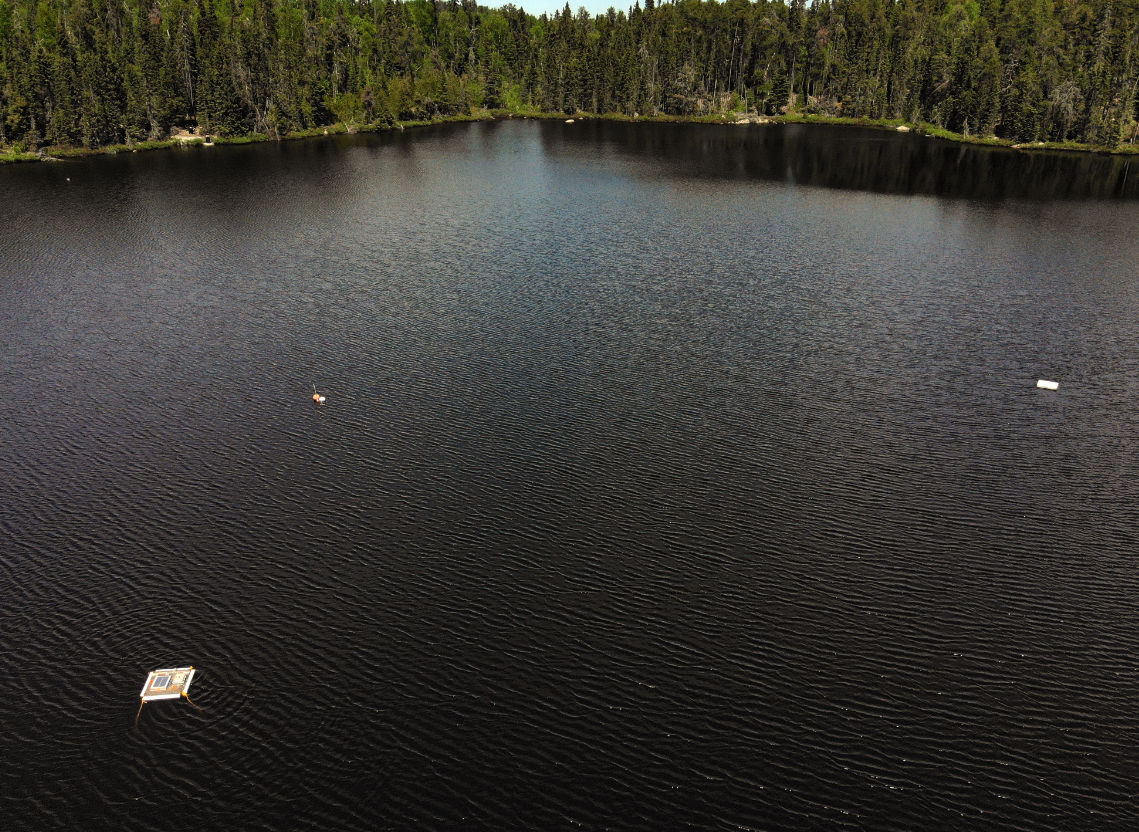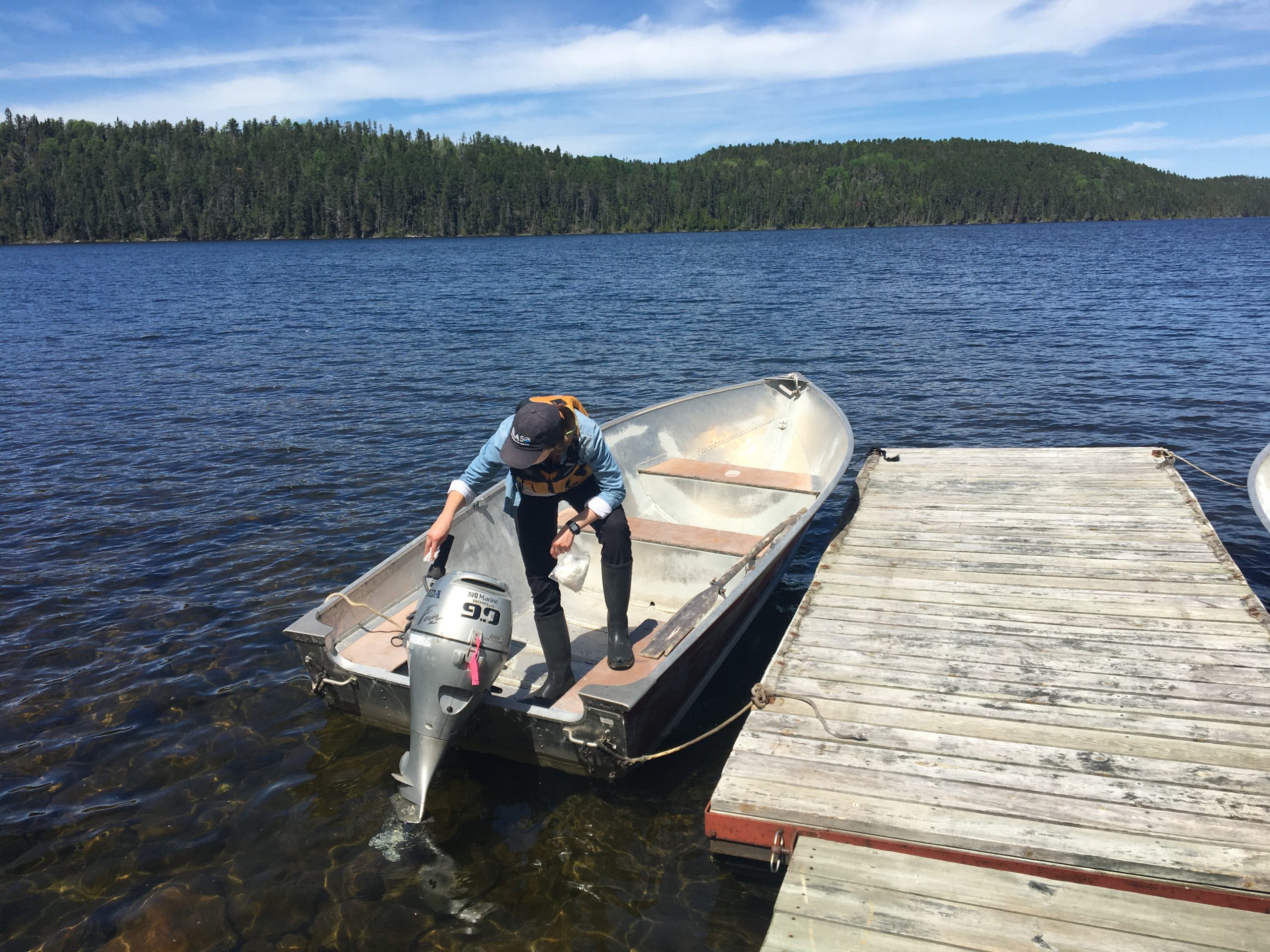Comment July 6, 2020
How and Why We Need to Adapt Our Environmental Monitoring to a Changing Planet
By Geoffrey Gunn, Policy Advisor - Data and Technology, Madeline Stanley, Project Officer
This year, we have seen how critically important evidence is for making decisions that affect our health and that of our communities. We spent the spring of 2020 watching COVID-19 infection numbers, learning what R0 means, and demanding both scientific predictions and policy action from public officials.
The crisis we are in reaffirms just how important evidence is to making the best decisions and how essential it is that the data is trustworthy and transparent—not just to politicians and public officials but to our entire society.
We cannot approach decision-makers to argue for, say, reduced emissions of a given pollutant or the regulation of a commercial activity without clear proof of its current and potential impact on the environment. To generate that evidence, we must profoundly understand the environment.
Right now, we still have a limited understanding of our water. In 2015, WWF Canada found many of Canada’s rivers and waterways were so data deficient that scientists could not reasonably estimate their overall health, let alone understand positive or negative trends. Our communities may be threatened by algal blooms and fish die-offs, which we may be unable to explain—and to manage.
We cannot approach decision-makers to argue for, say, reduced emissions of a given pollutant or the regulation of a commercial activity without clear proof of its current and potential impact on the environment.
This deficiency does more than limit our ability to protect the environment — it limits communities from understanding the impacts of their own actions and those of their upstream neighbours. It slows industrial development, as regulators require baseline studies to be constructed to understand and show cumulative effects. Recent controversies around energy and water infrastructure have centred around one group attempting to protect their investment while another group wants to protect their water.

So how do we improve our scientific monitoring to overcome these challenges?
At IISD Experimental Lakes Area, we have over 50 years of monitoring experience and a large dataset, charting the evolving impacts of climate change on lakes in the boreal region as well as dozens of experimental pollutants like phosphorus, pharmaceuticals, and diluted bitumen. But over those 50 years, the project was almost halted multiple times by cuts to programs, retirement of staff, and, ultimately, the brief closure of the facility leading to IISD assuming operations in 2014.
Many monitoring programs are neither innovative nor conducive to scientific forecasting, and their work remains invisible or opaque to the public.
This is not a unique story, and many more monitoring programs run on very tight funding that limits not only collection but also data management, analysis, and dissemination. Many monitoring programs are neither innovative nor conducive to scientific forecasting, and their work remains invisible or opaque to the public. Furthermore, with the promise of artificial intelligence (AI) approaches that can reveal connections in complex systems or forecast changes, bodies that are not generating AI-ready data may be left behind.
What Does an Adaptive Monitoring System Look Like?
It Changes Frequently.
- The monitoring system must be regularly revisited, say, every six months, to consider existing data and determine whether it is still answering the initial question that proved the impetus for the project in the first place. If not, an adaptive monitoring system should then be able to adjust its monitoring parameters (such as location, depth, regularity) to ensure its results are more closely answering the initial thesis.
- Concerns about freshwater health do not remain static, and so an adaptive monitoring system should be flexible enough to absorb evolving and emerging community or scientific concerns.
It Uses Different Types of Sites.
- Sentinel sites (such as IISD-ELA’s reference lakes) that are intensively monitored for physical, chemical, and biological changes allowing us to understand how systems work and train artificial intelligence models, and closely watching areas that may have the most critical impact to people like drinking water sources and recreation areas. These sites are sentinels for chronic impacts caused by a changing climate or altered upstream land use.
- Remote sites (such as IISD-ELA’s broad-scale monitoring sites) that are visited infrequently or are outfitted with low-cost, Internet-connected sensors that monitor physical parameters like temperature, turbidity, and acidity. These sites watch for big changes like pollution spills, fish kills, or algal blooms. These sites can be frequently moved to “fill in the gaps” of our physical knowledge.
It Provides the Right Data in the Right Way.
- Data must be analyzed and then communicated strategically, and in an appropriate manner, to a wide range of relevant stakeholders—from community members to policy-makers—through channels appropriate for them. These can range from specifically designed web portals to social media networks. Complex data should be contextualized and assessed for quality in a timely fashion so communities can use data to inform their understanding of the health of their surrounding environments, and then the corollary necessary actions to be taken. Lags in data delivery foment mistrust and slow management—imagine if you could only receive today’s weather data and forecast once a year or once every five years.
- Communities, including First Nations, must be involved in monitoring programs from design to collection to interpretation. Canada has seen a rise in community-based water quality monitoring generating high-quality data that should directly complement professional monitoring programs. This will increase trust that data are valid and that all communities have a stake in protecting the environment.
Adaptive monitoring is not a new idea. Sweden has generated a long-term series on many of its key lakes over the past 50 years, beginning with the emerging contaminants at the time (phosphorus and nitrogen) and expanding the system as new concerns about pollution emerged. The Swedish Environmental Protection Agency took a smart approach, frequently monitoring 114 streams and 110 lakes and doing occasional sampling of 4,800 additional lakes. Swedish scientists continually re-evaluated and adapted the system from both a scientific perspective and from a public policy perspective and have made the data available online since the 1990s—meaning the data are transparent and reviewed by thousands of users.

And now, the United States National Science Foundation has established the National Ecological Observatory Network (NEON), using this approach to track ecosystem change in terrestrial and aquatic ecosystems.
At IISD-ELA, we are fortunate to host decades of innovative water data and practice and to be connected to a network of innovative water professionals across Canada. Our scientific methods were originally designed to understand manipulations for lakes, but now our long-term ecological research project has created an enormous dataset.
This year has shown beyond all doubt how quickly the world can change. As water scientists, we need to stand ready with partners in communities, governments and industries to protect our shared water.
Now we are taking those invaluable data and implementing adaptive principles to expand its legacy. We have begun testing adaptive monitoring concepts, using our long-term environmental monitoring dataset and installing Internet-connected sensors to simulate a broader monitoring system. In fact, you can follow us (through images and videos) out in the field as we implement one of those platforms.
We are unleashing AI techniques on Canada’s freshwater challenges and see enormous potential for these innovations to help us work collaboratively to keep water clean and fish healthy.
This year has shown beyond all doubt how quickly the world can change. As water scientists, we need to stand ready with partners in communities, governments and industries to protect our shared water.
You know that ground-breaking freshwater research you just read about? Well, that’s actually down to you.
It’s only thanks to our generous donors that the world’s freshwater laboratory—an independent not-for-profit—can continue to do what we do. And that means everything from explore what happens when cannabis flushes and oil spills into a lake, to how we can reduce mercury in fish and algal blooms in fresh water—all to keep our water clean around the world for generations to come.
We know that these are difficult times, but the knowledge to act on scientific evidence has never been more important. Neither has your support.
If you believe in whole ecosystem science and using it to bring about real change to fresh water around the globe, please support us in any way you are able to.